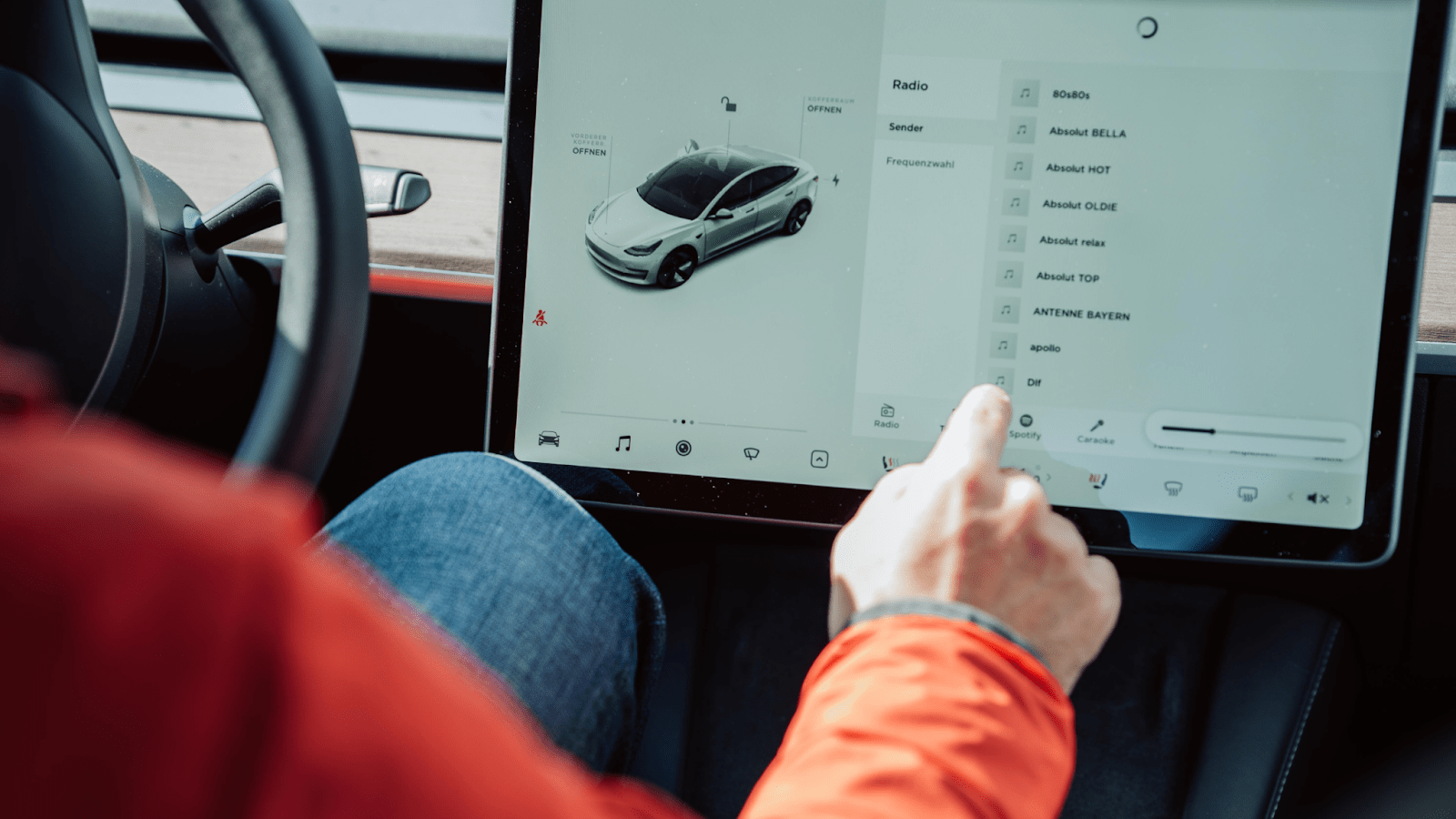

As digital technology evolves, the emergence of new technical functions and terms in the world of transportation can be quite hard to keep up with.
Below are all the basics you need to know about connected vehicles.
To put it in simple terms, connected vehicles are any vehicle with an internet connection. It features a series of smart functions such as internet connectivity, remote operation of vehicles and security functions.

Data transmission is also a key feature of connected vehicles. It relies on various connected communication systems that are either Native - built-in when the car was manufactured - or adopted from aftermarket technologies (e.g., mobile phones, or external devices). Most of the time, the data transmission is bi-directional; cars can both send and receive data from systems outside the vehicle. Nonetheless, these are all tied to a central data management system.
A connected vehicle is always connected to the internet, which enables drivers to have access to vehicle communication systems and other online services, such as:
An embedded vehicle will be equipped with a chipset (a “Data Flow Management System” that manages the data flow in the motherboard) and a built-in antenna used to transmit and receive signals. A Tethered system is equipped with hardware that connects to the driver’s smartphone.
While these systems enable the establishment of connections between the driver and other devices, vehicle communication can take 7 different forms. The three main types are V2V, V2I and V2X:

A connected car is always connected to the internet, allowing drivers to share WiFi connectivity, download updates released by the manufacturer, and have access to other online apps.
Most car manufacturers provide a dedicated smartphone app that connects with the vehicle through a wireless network. The connected services account allows drivers to remotely monitor and control their cars. From locking and unlocking the door, honking the horn, to checking your car’s location can be easily done on your smartphone.

Connected vehicles are equipped with critical security features that help create a safety net for drivers. Safety equipment such as real-time location sharing, or emergency SOS calls during an accident can be of use during unsafe or potentially life-threatening situations.
V2V technology also helps reduce the possibility of car accidents and improve overall road safety. With a centralized back-end server, information such as parking space availability, traffic movements and conditions can be easily updated and communicated. Drivers can be notified of upcoming hazards, traffic accidents, congestion and dangerous weather, which helps proactively improve road safety.
A connected vehicle provides a variety of pre-loaded entertainment services, including allowing drivers to connect music streaming services from their phones to their cars
It can be difficult to distinguish between connected and automated vehicles. Both have great potential for reducing traffic accidents, enhancing road safety and driving experience.

An automated vehicle has the same data transfer and programming possibilities as connected car systems, but it has the added ability to make independent decisions and behave accordingly without any input from a human.
Although connected and automated vehicles have their differences, they are not mutually exclusive. Cars can be both connected and autonomous. For example, a Tesla is both a connected vehicle and an autonomous vehicle. It is considered a connected vehicle because it connects to the internet for software updates. It is considered an autonomous vehicle because it has parking assist (or in some cases, entirely driverless) functionalities that can be performed without the driver having to intervene.
Nonetheless, the future of the mobility industry continues to intertwine with connected car technology. As the next-gen 5G connectivity will improve the technology, connected vehicles will be even smarter and smoother to use.